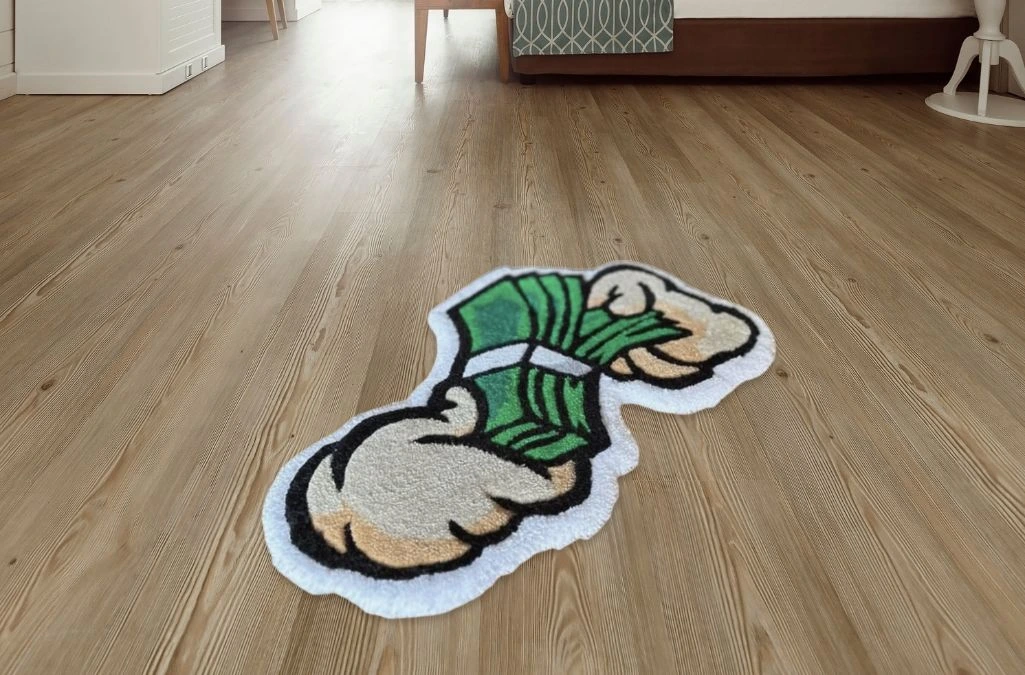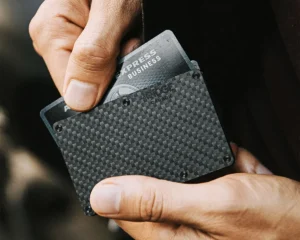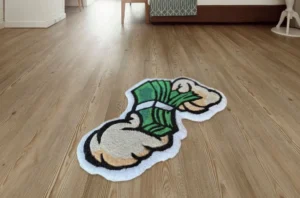
Hand tufted carpets have gained serious attention from homeowners who want quality flooring without the premium price tag of hand-knotted rugs. These carpets use a tufting gun to punch yarn through a canvas backing, creating patterns and textures that rival more expensive alternatives.
The material you choose makes all the difference in how your carpet performs over time. Some fibers handle heavy foot traffic better than others. Some resist stains more effectively. Others feel softer underfoot but may show wear sooner.
When you buy carpet online, you’ll encounter various material options. Each has distinct advantages and drawbacks. Understanding these differences helps you select a hand tufted carpet that matches your specific needs and budget.
Wool: The Gold Standard for Durability
Wool remains the top choice for hand tufted carpets that need to last decades. This natural fiber brings several advantages to your flooring investment.
Wool fibers naturally repel moisture and stains. When someone spills wine or coffee on a wool carpet, the liquid tends to bead up rather than immediately soaking in. This gives you time to clean up before permanent staining occurs.
The fiber structure of wool also provides exceptional resilience. Wool springs back to its original shape after compression, which means your carpet maintains its appearance even in high-traffic areas. A quality wool hand tufted carpet can easily last 15-20 years with proper care.
Temperature regulation is another wool benefit. Wool fibers naturally insulate, keeping rooms cooler in summer and warmer in winter. This can actually help reduce energy costs over time.
The main drawback of wool is cost. Wool hand tufted carpets typically cost 30-50% more than synthetic alternatives. However, the longevity and performance often justify the higher initial investment.
Nylon: Strength Meets Practicality
Nylon offers the best strength-to-weight ratio among carpet fibers. This synthetic material excels in areas where durability matters most.
Commercial spaces often choose nylon hand tufted carpets because they withstand constant foot traffic without showing wear patterns. The fiber structure resists crushing and maintains its appearance longer than most other materials.
Stain resistance is another nylon strength. Modern nylon treatments make spills easy to clean. Most food and beverage stains lift out with basic carpet cleaning solutions.
Nylon also costs significantly less than wool while still providing good longevity. A quality nylon hand tufted carpet can serve you well for 10-15 years, making it an excellent value proposition.
The main nylon disadvantage is static electricity buildup, especially in dry climates. However, many manufacturers now include anti-static treatments to minimize this issue.
Acrylic: The Wool Alternative
Acrylic fibers mimic many wool characteristics at a fraction of the cost. This synthetic material offers a compelling middle ground between luxury and affordability.
Acrylic hand tufted carpets feel soft and comfortable underfoot, similar to wool. The fiber structure also provides good bounce-back after compression, helping maintain the carpet’s appearance over time.
Moisture resistance is excellent with acrylic. These carpets work well in areas prone to humidity or occasional spills. The fibers dry quickly and resist mold or mildew growth.
Color retention is another acrylic advantage. The fibers hold dyes well, so your carpet maintains its appearance without significant fading over time.
Acrylic costs less than wool but more than basic polyester, positioning it as a mid-range option. You get many wool-like benefits without the premium price.
The main limitation is that acrylic doesn’t quite match wool’s overall durability. Expect 8-12 years of good performance from a quality acrylic hand tufted carpet.
Polyester: Softness and Sustainability
Polyester has evolved significantly in recent years. Modern polyester fibers offer improved performance while maintaining cost advantages.
Softness is polyester’s standout feature. These carpets feel luxurious underfoot, making them popular choices for bedrooms and living areas where comfort matters most.
Color vibrancy is exceptional with polyester. The fibers accept dyes extremely well, allowing for rich, saturated colors that remain stable over time. This makes polyester ideal for hand tufted carpets with complex patterns or bold designs.
Stain resistance has improved dramatically in newer polyester formulations. While not quite matching nylon’s performance, modern polyester carpets handle most household spills effectively.
Environmental considerations favor polyester as well. Many polyester carpets use recycled plastic bottles as raw material, giving this option sustainability credentials.
The main polyester weakness is traffic tolerance. These carpets work best in low- to medium-traffic areas. High-traffic zones may show matting or wear patterns sooner than with other materials.
Blend of Materials: Getting the Best of Both Worlds
Material blends combine different fibers to optimize performance characteristics. These combinations often provide better overall value than single-material carpets.
Wool-nylon blends are particularly popular for hand tufted carpets. The wool provides softness and natural stain resistance, while nylon adds strength and durability. A typical 80% wool, 20% nylon blend offers excellent performance in most situations.
Acrylic-polyester blends balance cost and performance effectively. You get good resilience from acrylic combined with polyester’s color retention and softness.
Nylon-polyester combinations work well for budget-conscious buyers who still want decent durability. The nylon component handles traffic while polyester keeps costs manageable.
When you buy carpet online, pay attention to blend ratios. Higher percentages of premium fibers generally mean better performance but also higher costs.
Maintenance Tips for Maximum Longevity
Proper care extends any hand tufted carpet’s life significantly, regardless of material choice.
Regular vacuuming prevents dirt from grinding into fibers and causing premature wear. Vacuum high-traffic areas twice weekly and other areas weekly for best results.
Address spills immediately. Even stain-resistant materials perform better when you clean spills quickly. Blot rather than rub to avoid pushing stains deeper into fibers.
Professional cleaning every 12-18 months helps maintain appearance and hygiene. Professional equipment removes embedded dirt that home cleaning misses.
Rotate furniture periodically to prevent permanent indentations. Use furniture pads under heavy pieces to distribute weight more evenly.
Control moisture levels in your home. Excessive humidity can lead to mold or mildew issues, while very dry air increases static buildup and fiber brittleness.
Making the Right Material Choice
Your specific needs should guide material selection for hand tufted carpets. Consider traffic levels, budget constraints, and performance priorities when deciding.
High-traffic areas benefit most from wool or nylon options. These materials handle constant use without showing wear quickly. The higher initial cost pays off through extended carpet life.
Medium-traffic spaces work well with acrylic or material blends. You get good performance without paying premium prices for capabilities you don’t need.
Low-traffic areas like bedrooms can use polyester effectively. The softness advantage matters more than maximum durability in these applications.
Budget considerations also play a role. If you buy carpet online frequently to update your space, less expensive materials may make sense. If you prefer long-term investments, wool or quality blends provide better value over time.
Climate factors into material choice as well. Humid environments favor materials with better moisture resistance. Dry climates may require anti-static treatments or materials that naturally resist static buildup.
Hand tufted carpets offer excellent value when you choose appropriate materials for your situation. Understanding each option’s strengths and limitations helps you make informed decisions that serve you well for years to come.







